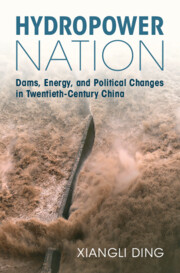Book contents
Bibliography
Published online by Cambridge University Press: 24 October 2024
- Type
- Chapter
- Information
- Hydropower NationDams, Energy, and Political Changes in Twentieth-Century China, pp. 239 - 264Publisher: Cambridge University PressPrint publication year: 2024

